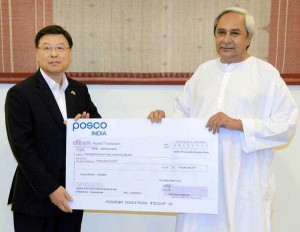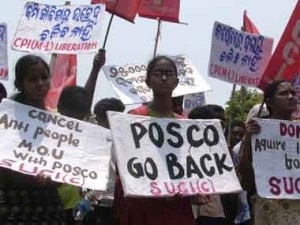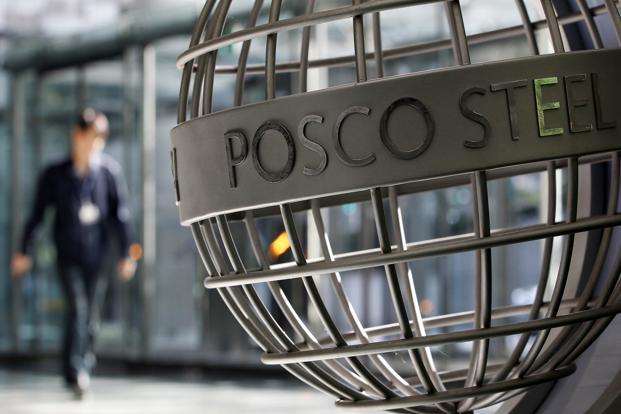Ten years ago the South Korean steel company Posco and the Odisha government signed an agreement that would have enabled the company to establish a steel plant in the state’s Jagatsinghpur district. At $12 billion, the project represented the single largest injection of foreign direct investment (FDI) in India. It would have also fetched Odisha close to Rs.750 crore in tax revenue every year for 30 years.

A decade later the project is yet to take off. One can be sure that unless a miracle occurs, a plant of that scale and size will not be seen in Jagatsinghpur. The steel company reduced the scale of the plant from the original 12 million tonnes per annum (mtpa) to 8 million tonnes after the land promised for the project was reduced to half. Even 8 mtpa is a dream now. In fact, there are very clear doubts if the project will take off at all.
The failure of Posco can be seen from two perspectives that continue to characterize India’s political economy. One: India’s confusion about attracting FDI, especially in those sectors that are natural resource intensive. This remains a muddled theatre, even today. Two: the damage to federalism from a centrally controlled industrial policy.
The larger problem is one of lack of direction in the use of natural resource based industrialization.
Most such resources—land and minerals—are located in virgin territory in desperately poor parts of the country. Odisha, Chhasttisgarh and Jharkhand are states that are rich in these resources but are also home to a huge mass of impoverished people. The political economy of transforming these poor people into skilled participants in a modern economy remains unclear. As one of the country’s chief repositories of mineral and natural resources wealth, Odisha found itself in the paradoxical position of being an attractive FDI destination and the site of protests against industrialization.The result is that industrialization cannot take place even as these people remain locked in poverty traps. To assume that industrialization can only take place by the destitution of poor landholders is to look at this problem as a zero-sum game.

Other countries in Asia have managed this transition without tying themselves into knots as India has.
What happened in the last decade is symptomatic of this. On the one hand, as an investment-starved country, India wanted foreign investors to come in droves. On the other hand, the government wanted to be “selective” about sectors where FDI was welcome: “sensitive” domains—multi-brand retail, mining and minerals were out of bounds. This badly hit India’s industrial prospects. A year before it was voted out, the United Progressive Alliance (UPA) government tried to make FDI in multi-brand retail risk-free by outsourcing the decision-making to individual states. It did not work. In case of mining and other land-intensive industries, central controls were enforced with ruthlessness almost to the end of the UPA government in early-2014.
All is not lost on this front. Such is the nature of global manufacturing chains that India remains an attractive investment destination. Taiwan’s Foxconn—a major contract manufacturer of Appleproducts—is looking at India with great interest. China’s rising wages and the level of competition make India attractive. But India cannot take this opportunity for granted or treat these investors badly.
Seen in the context of India’s overall political evolution, the Posco tangle exacerbated the already high-level of mistrust between state governments and the centre. Odisha repeatedly claimed that the Union government at that time was acting against its interests. There is some institutional truth in that claim. Even if a state government is fully empowered and within its rights to sign on large industrial projects, the centre continues to have instruments to stop them.
These instruments—for example The Environment Protection Act, 1986—were crafted at a time when India was a controlled economy. The economy opened but the laws of that age continue to exist. In an earlier era, the Union government played pick and choose in economic decision-making in the name of planning. This was repeated for brazenly political reasons in the first decade of the 21st century. That is how the Posco episode will be remembered.

